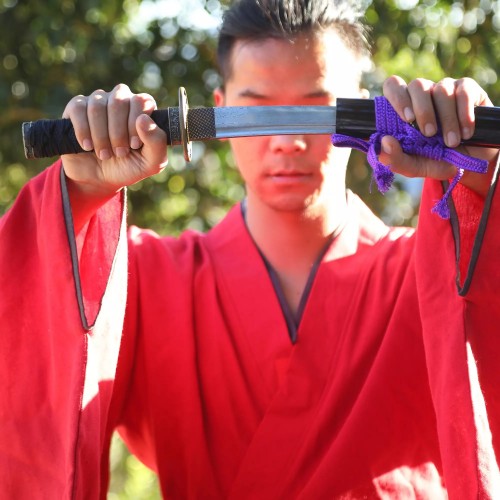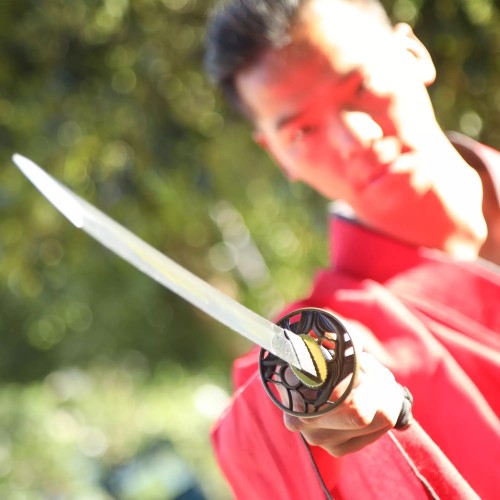The world of Japanese swords is a fascinating blend of history, culture, and craftsmanship. Among the many types of traditional Japanese blades, the tanto holds a unique position for its elegance, versatility, and historical significance. In this blog post, we will delve into the different types of tanto swords, explore their rich history, and examine the various parts that make up these incredible weapons.

Tanto Sword Types:
The tanto is a small, single-edged Japanese dagger or short sword, typically measuring between 15 and 30 centimeters (6-12 inches) in length. Although tanto swords share a common form, they come in various types, each with unique characteristics:
Tanto Sword History:

Tanto swords have a long and storied history in Japan, dating back to the Heian period (794-1185). The early tanto were primarily designed for slashing and stabbing, making them practical for close-quarters combat. During the Kamakura period (1185-1333), the tanto evolved with improvements in forging techniques, leading to more intricate and elegant designs.
The popularity of tanto swords reached its peak during the Muromachi period (1336-1573). However, as warfare evolved, the need for larger, more versatile weapons such as the katana and wakizashi emerged, causing the tanto to decline in use. In the Edo period (1603-1868), tanto swords experienced a resurgence as symbols of status and authority among the samurai class. Today, tanto swords are cherished by collectors and martial arts enthusiasts for their unique beauty and historical significance.
Tanto Sword Parts:
A tanto sword consists of several key components, each with its own function and aesthetic value:
Conclusion:
The Japanese tanto sword is a testament to the skill and artistry of ancient swordsmiths. With a rich history and diverse range of types and designs, these elegant blades continue to captivate collectors and martial arts enthusiasts around the world. Understanding the different types, history, and components of the tanto sword deepens our appreciation for this beautiful and deadly weapon, and offers a glimpse into the fascinating world of Japanese swordsmanship.
Modern Usage and Collecting:
Today, the tanto sword is not only a historical relic but also a popular item for collectors and martial arts practitioners. Traditional Japanese martial arts such as Iaido and Kenjutsu incorporate the use of tanto swords in their training, preserving the techniques and forms passed down through generations.
For collectors, tanto swords provide a unique opportunity to acquire a piece of Japanese history and craftsmanship. Authentic antique tanto swords can be quite valuable, with prices varying based on factors such as age, condition, and the swordsmith who forged the blade. Modern swordsmiths also create high-quality, handmade tanto swords using traditional methods, offering enthusiasts the chance to own a beautiful, functional piece of art.
Caring for Your Tanto Sword:
If you are fortunate enough to own a tanto sword, proper care and maintenance are essential to preserve its beauty and functionality. Regular cleaning and oiling of the blade prevent rust and corrosion, while gentle handling and storage in a suitable environment can protect the sword from damage. When displaying a tanto sword, it is customary to place it in a horizontal position with the cutting edge facing upward, paying homage to its historical and cultural significance.
The Legacy of the Tanto Sword:

The Japanese tanto sword is an enduring symbol of the nation's rich history and the skill of its swordsmiths. As we continue to admire and study these elegant blades, we gain a deeper appreciation for the art, culture, and craftsmanship that defined the world of the samurai. Whether you're a collector, martial artist, or simply an enthusiast, the tanto sword remains a captivating reminder of Japan's remarkable past and the enduring allure of its traditional weaponry.